As we move further into 2025, home design continues to evolve with fresh ideas that prioritize comfort, personalization and sustainability. To uncover the latest trends shaping interior spaces, we spoke with CBUSA member Cathleen Gruver, lead interior designer at Gruver Cooley.
From softer, organic shapes to layered materials and a shift in color palettes, Cathleen shared her insights on what’s really defining homes this year.
Timeless design advice for builders
With trends constantly evolving, how can home builders create designs that remain timeless?
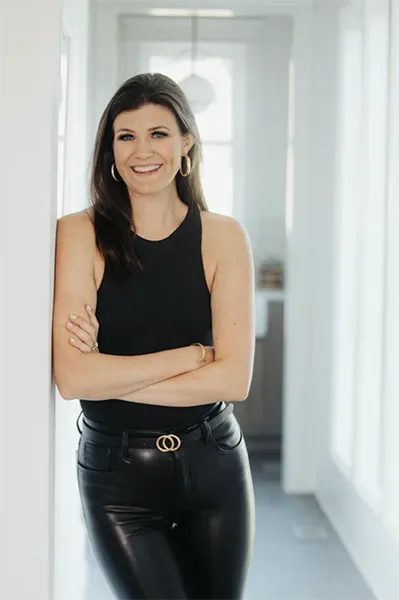
According to Cathleen, the key is balance.
“Trends should be embraced with a light touch,” Cathleen said. “The key is to incorporate them in ways that can be easily updated – think decorative lighting, accent tiles or statement countertops.”
When it comes to foundational elements like cabinetry and architectural details, choosing timeless materials ensures longevity. For builders working with clients, Cathleen recommends a simple yet effective strategy.
“Start with three words that describe how they want their home to feel – cozy, modern, welcoming, for example,” Cathleen continued. “This approach helps guide design decisions beyond fleeting trends, ensuring the final space feels authentic and timeless.”
When incorporating trends, it’s important to focus on creating spaces that feel warm, intentional and visually dynamic. Curved architectural details, rich wood tones and a preference for defined spaces over open-concept layouts are reshaping the way we live. Here’s a closer look at the key interior design trends clients are gravitating toward in 2025.
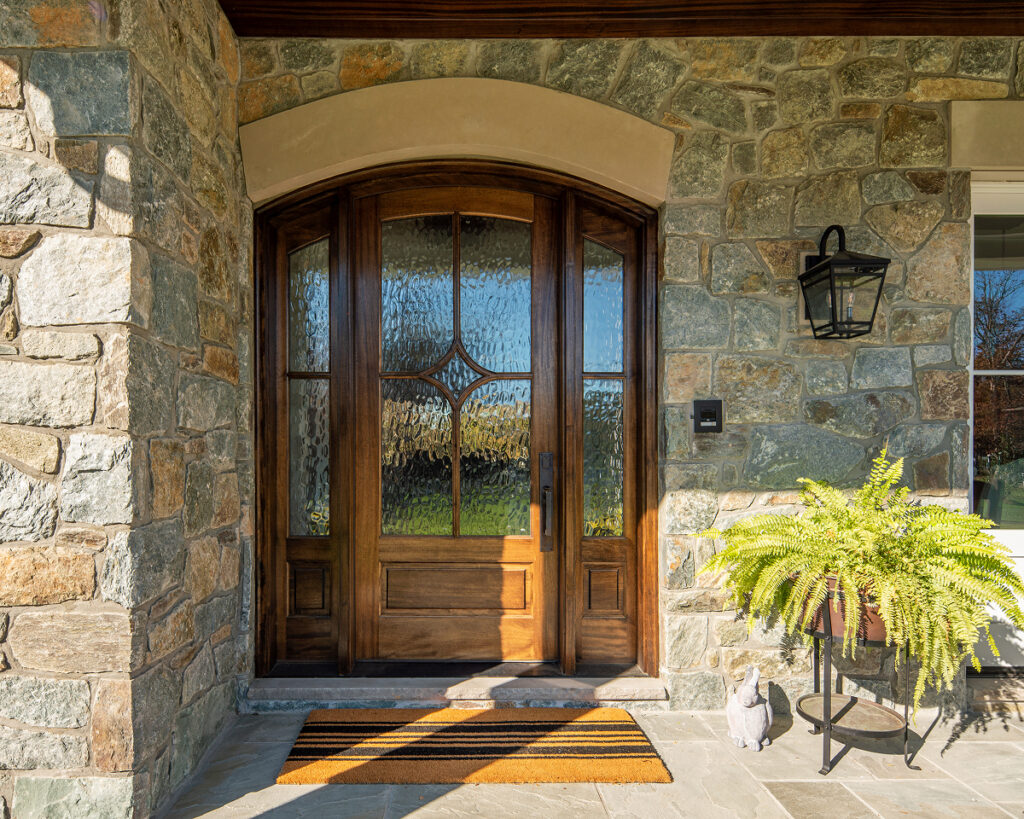
Softer shapes and organic forms
One of the biggest trends in 2025 is the move toward curved and organic shapes. Harsh lines are giving way to more fluid, inviting designs, creating a sense of warmth and elegance.
“We’re seeing a strong shift toward curved elements – arched doorways, rounded kitchen islands and gracefully curved fireplace mantels,” Cathleen said.
Even smaller details, like sculpted countertop edges, are embracing this trend, making interiors feel softer and more welcoming.
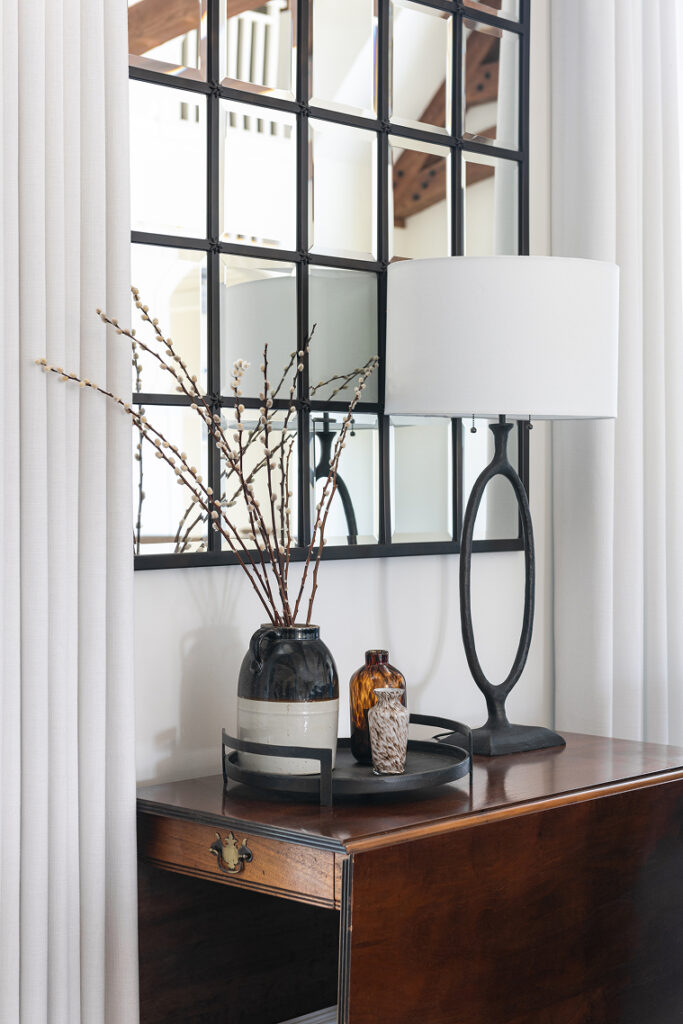
A departure from minimalism
While minimalism has dominated interior design for years, there’s a growing preference for richer, more intricate aesthetics.
“After years of minimalism and a ‘less is more’ mindset, there’s a noticeable shift toward layered, more intricate design elements,” Cathleen said.
Materials are being combined in unexpected ways – think stone paired with metal, textured tile next to natural wood and hardware with artistic detailing. These thoughtful combinations bring depth and personality to a space.
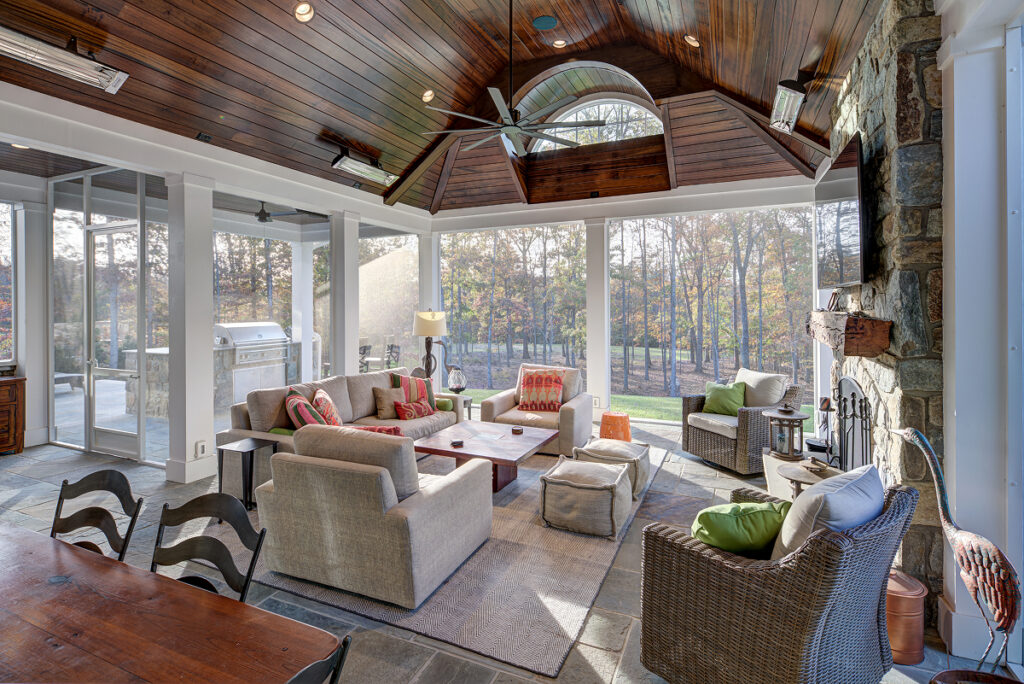
Warm, nature-inspired color palettes
Color trends in 2025 are all about warmth and tranquility.
“Warm, natural tones are taking center stage,” Cathleen said. “At KBIS and IBS, I noticed an emphasis on creams, soft greens, deep burgundies and rich browns.”
Even bold colors are being softened to create a more inviting atmosphere. This shift reflects a desire for interiors that feel relaxing and rejuvenating rather than stark or overwhelming.
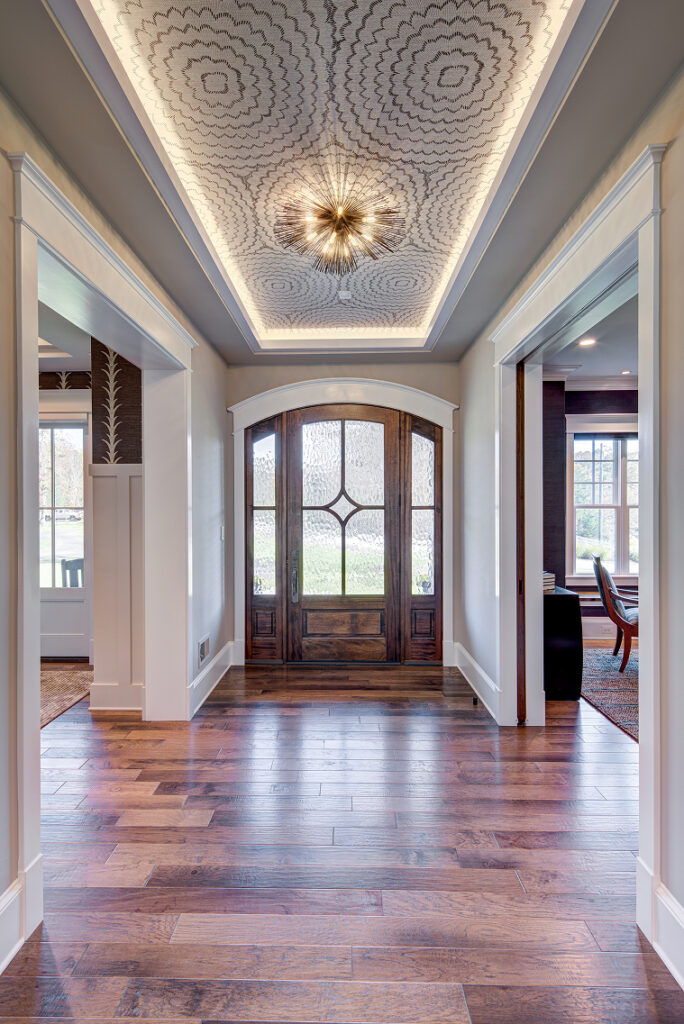
Thoughtful, collected spaces over uniform design
Rather than aiming for a uniform, ultra-modern look, homeowners are gravitating toward interiors that feel curated and personal.
“Whether it’s countertops with more than just an eased edge, light fixtures with intricate layering or plumbing fixtures with artistic flair, there’s a clear movement toward a ‘collected’ look,” Cathleen explained.
This approach allows for more character-driven interiors where every element feels intentional.
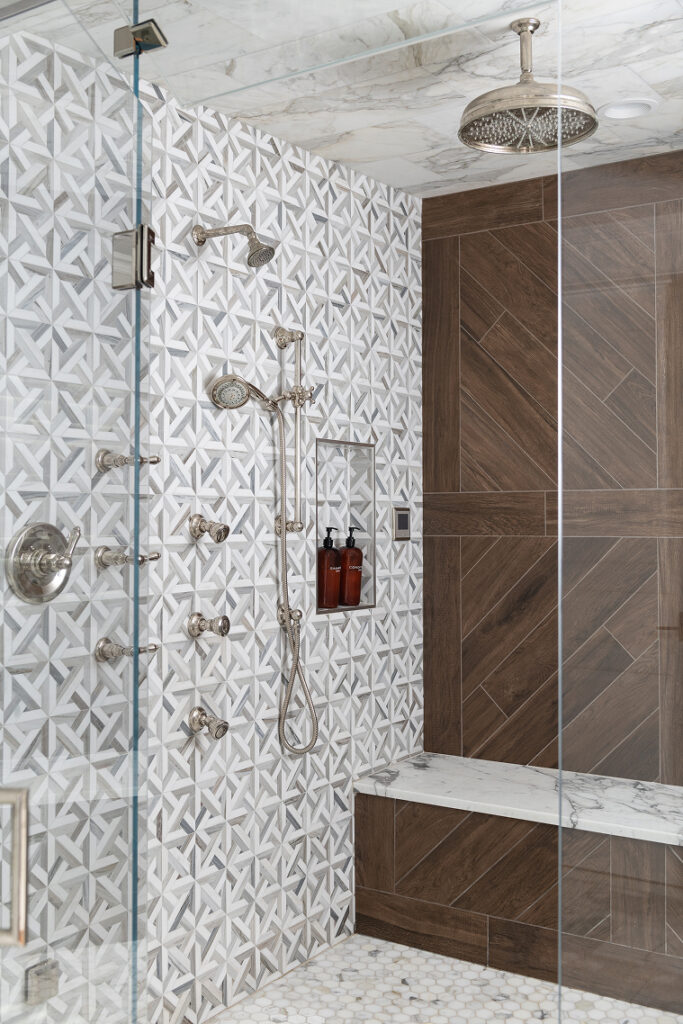
Sustainability as the new standard
Eco-friendly design is no longer a niche – it’s an expectation. More brands are prioritizing sustainability, making it easier than ever to choose environmentally conscious materials.
“Sustainability is becoming more accessible,” Cathleen said. “Whether through recycled materials, energy-efficient appliances or finishes with a lower environmental impact, these options are now seamlessly integrated into good design.”
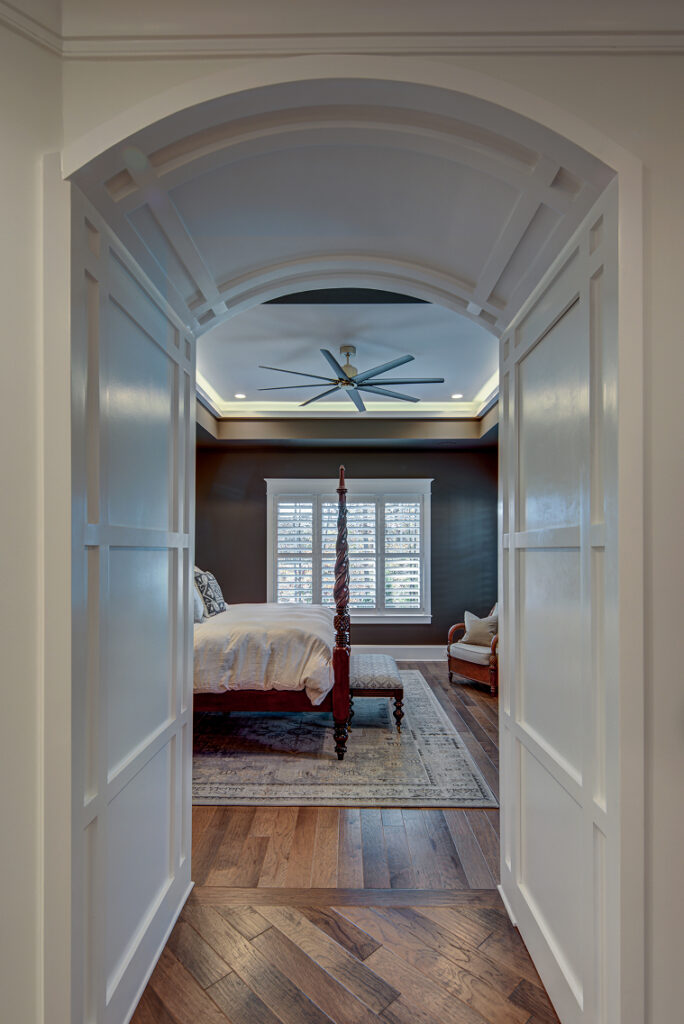
A shift back to defined spaces
The open-concept trend is evolving, with many homeowners seeking more distinct areas for work, relaxation and entertainment.
“Interestingly, I’ve seen a shift away from large, open multi-functional spaces in favor of more defined, separated areas,” Cathleen said. “This return to distinct rooms allows for better functionality and a more intentional use of space.”
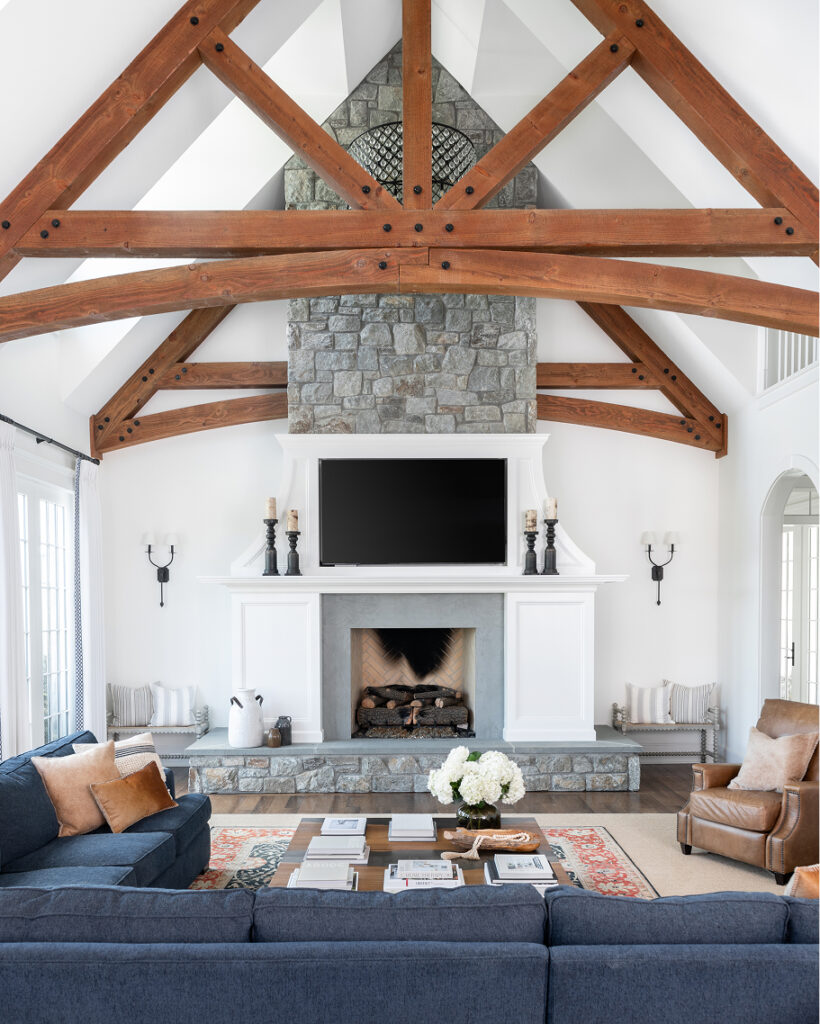
The return to rich wood tones
Natural wood is making a strong comeback, lending authenticity and warmth to interiors.
“Wood tones are making a strong resurgence across all finishes,” Cathleen shared.
While cherry wood isn’t leading the trend, other rich varieties like walnut and white oak are becoming increasingly popular. Whether in cabinetry, flooring or furniture, wood’s organic appeal enhances both traditional and contemporary spaces.
Designing for 2025 and beyond
As we continue into 2025, interior design is all about balance – soft curves meet structured materials, layered aesthetics replace stark minimalism and sustainable choices blend seamlessly into everyday living. As a builder crafting new homes, these trends offer inspiration for creating inviting, timeless interiors.
By embracing these evolving design elements while keeping longevity in mind, homes in 2025 will be as stylish as they are functional for years to come.
For builders looking to stay ahead of the curve, being part of a strong professional network can make all the difference. CBUSA helps you access top-tier materials, innovative products and industry insights while maximizing savings through group purchasing power. By becoming a CBUSA member, you can not only implement the latest design trends but also ensure their projects remain cost-effective and high-quality.